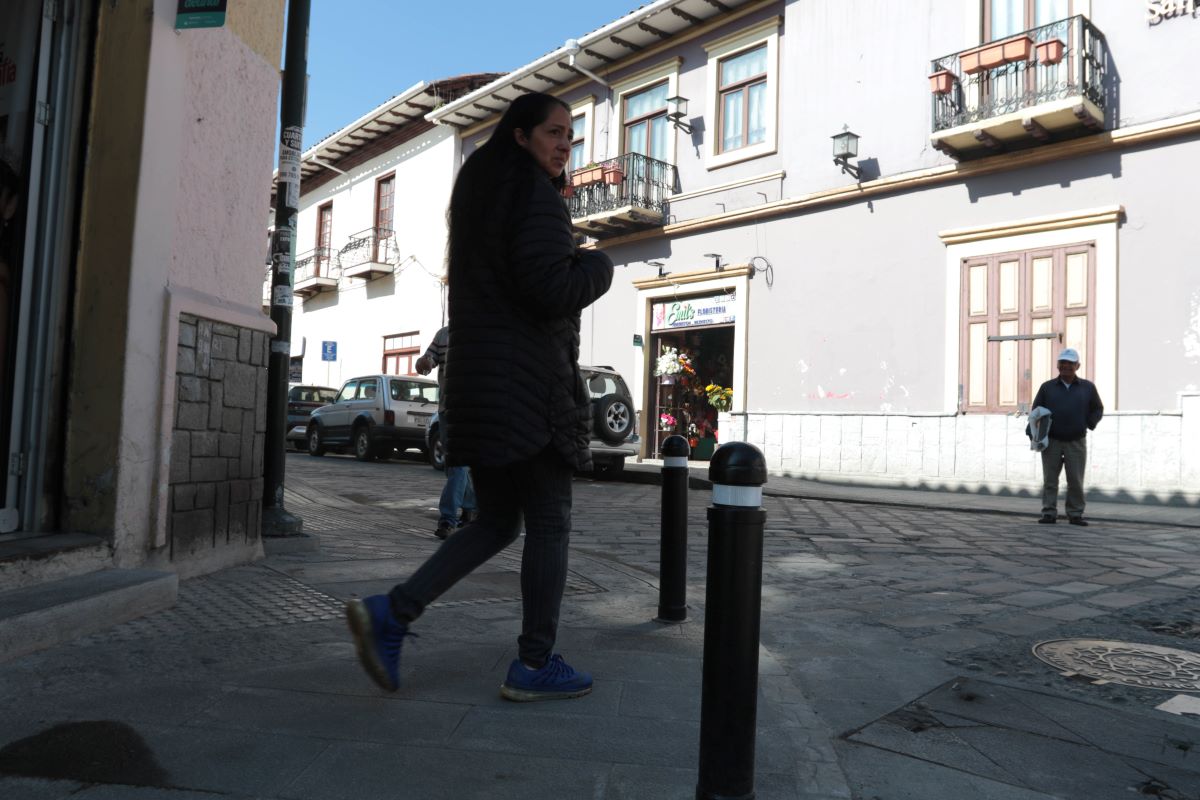New Bollards for Accessibility in Cuenca's Historic Center
Cuenca’s Historic Center is undergoing a transformation with the installation of new bollards on Mariano Cueva and Bolívar streets. These bollards are part of a larger project to meet international accessibility standards, ensuring safer public spaces for everyone.
The new bollards, which stand 90 cm tall and include reflective bands for visibility, are designed to minimize the risk of tripping and falling. They contrast with the ground and surrounding areas to enhance safety, especially at night. This upgrade is part of a gradual project set to replace around 600 bollards by 2025.
Concerns about the safety of older bollards, especially for older adults and visually impaired individuals, led to this change. Previous bollards, installed during the city’s urban regeneration efforts from 1998 to 2001, were inconsistent in design, height, and material, often measuring only 30 centimeters and increasing the risk of accidents. The lack of clear regulations at the time led to a mix of designs, some with sharp edges and colors that blended into the surroundings, further exacerbating safety issues.
The project also addresses other accessibility concerns, such as the use of narrow sidewalks for outdoor seating, which obstructs mobility. Advocates are pushing for further improvements, including replacing outdated trash grates, to ensure compliance with accessibility regulations.
Key Numbers:
600 bollards to be replaced.
29,371 people in Azuay have mobility challenges.
23,834 residents have visual impairments.
These updates aim to make Cuenca safer and more inclusive for all.
Source: El Mercurio.
